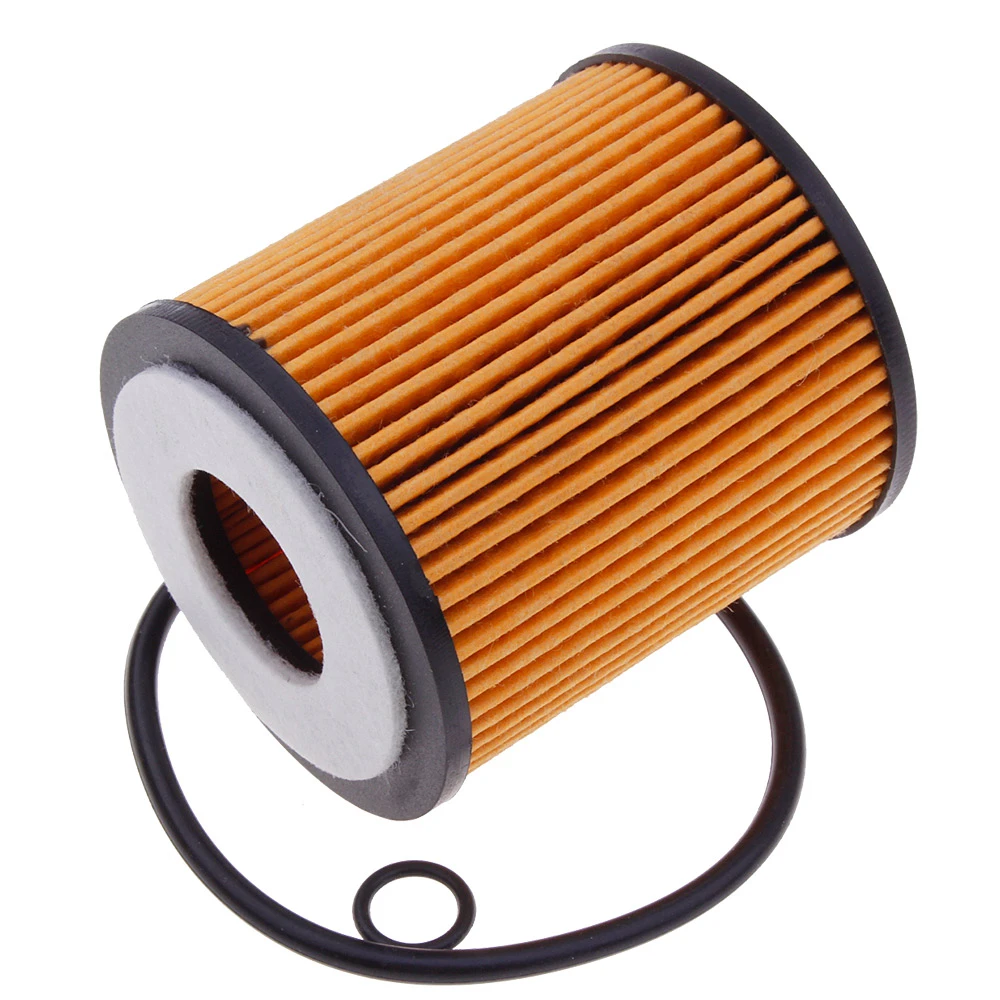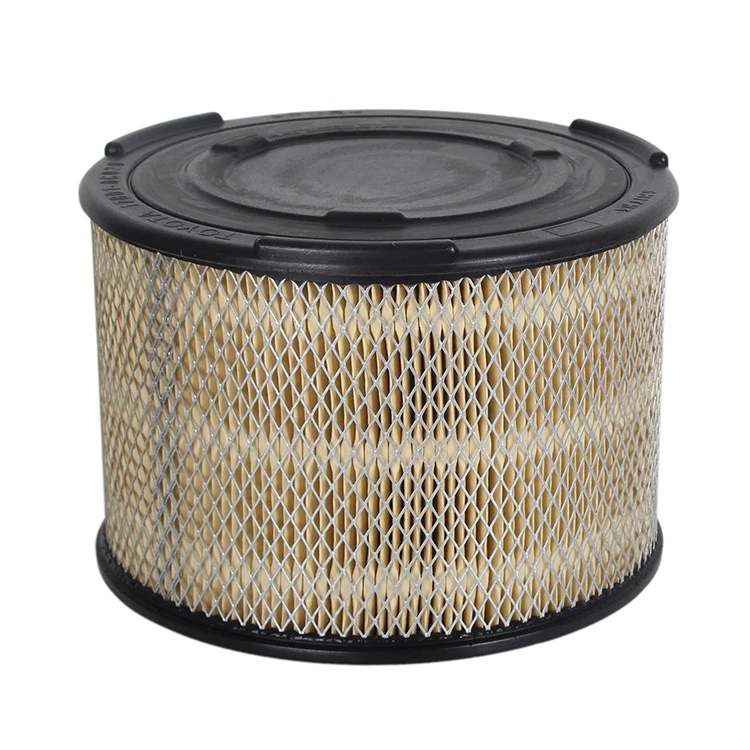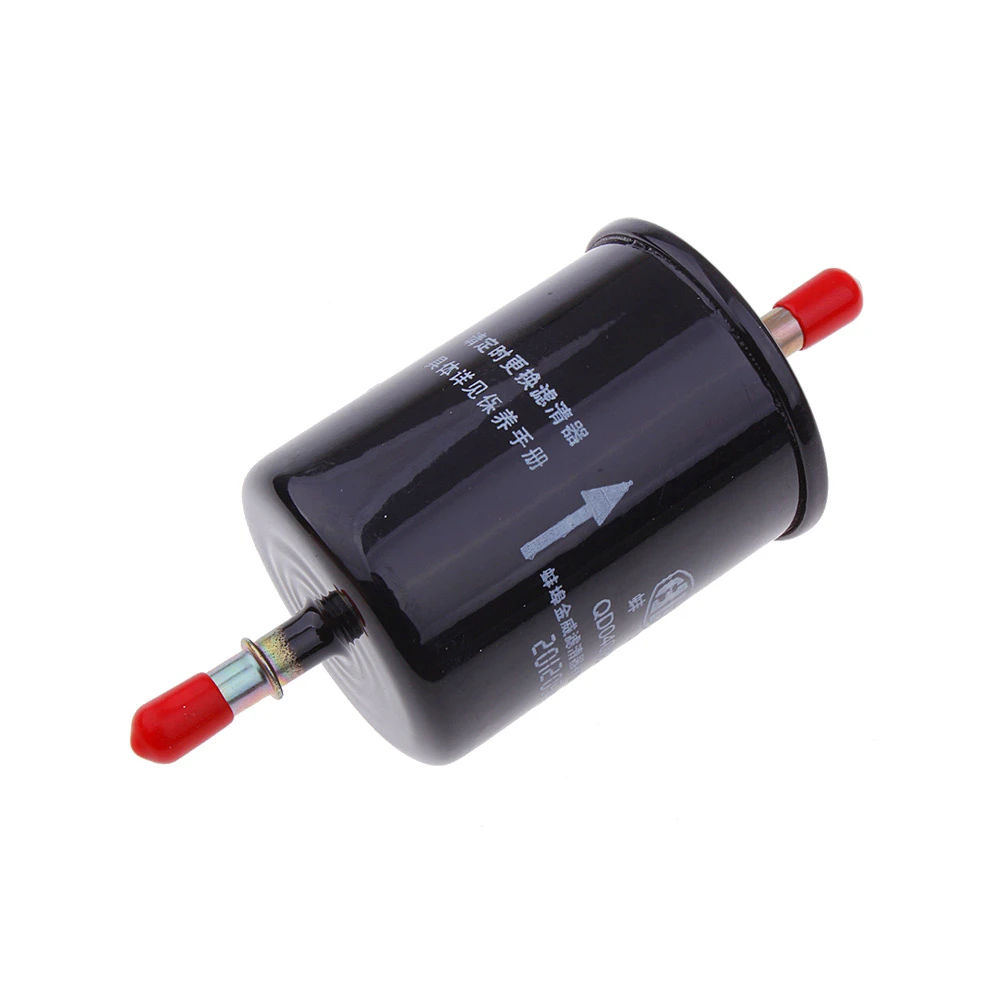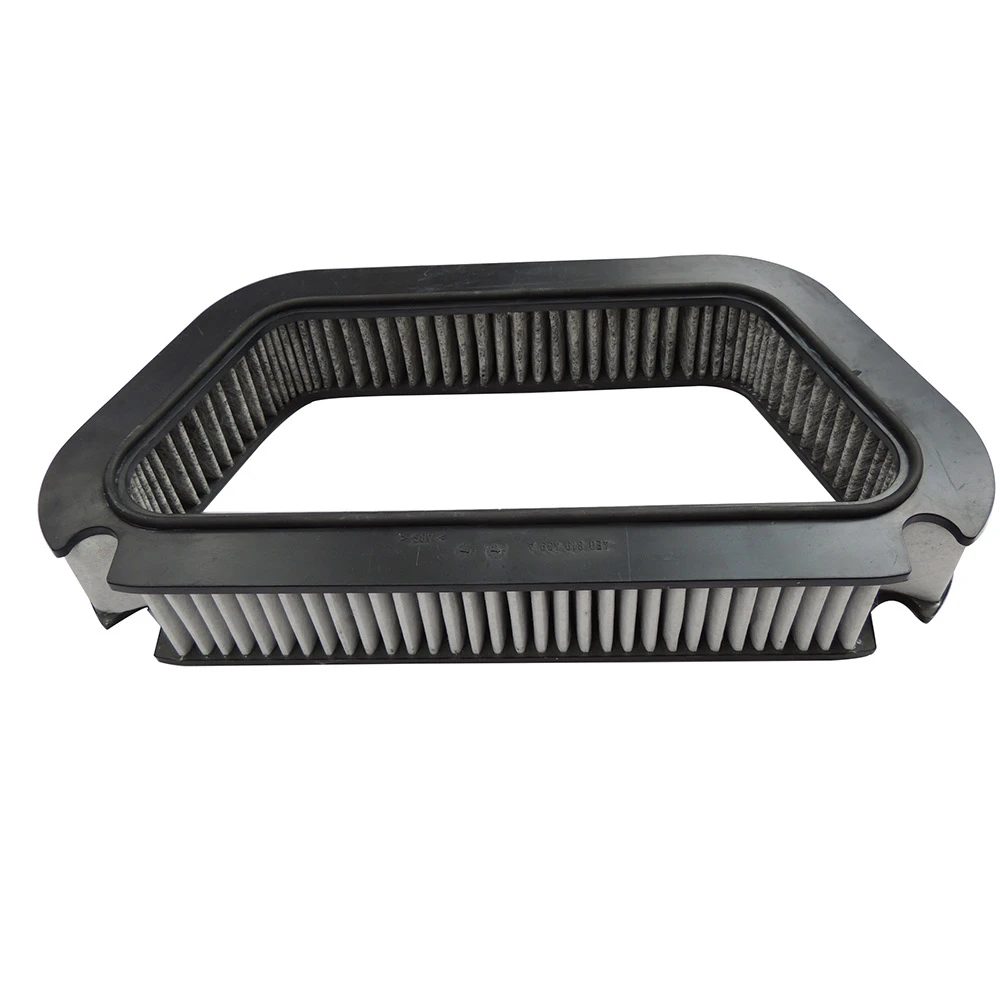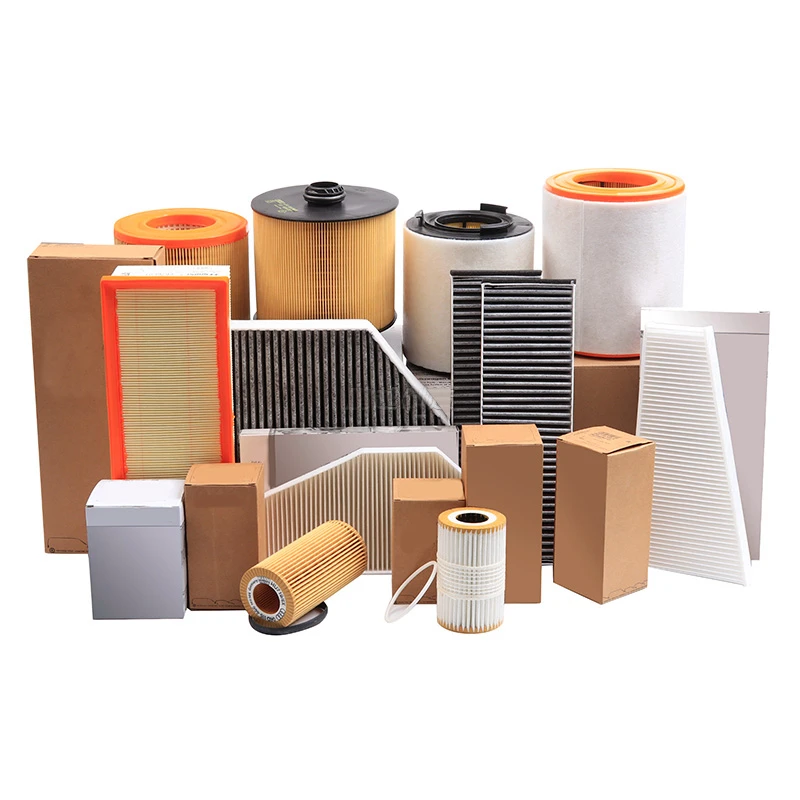
- Understanding the Role of Fuel Filters in Engine Performance
- Key Technical Advantages of Modern Fuel Filtration Systems
- Comparative Analysis: Leading Fuel Filter Manufacturers
- Customized Fuel Filter Solutions for Specific Vehicle Types
- Installation Best Practices for Inline Fuel Filter Replacement
- Real-World Impact: Fuel Efficiency Metrics Before and After Replacement
- Future-Proofing Your Vehicle with Premium Fuel Filter Maintenance
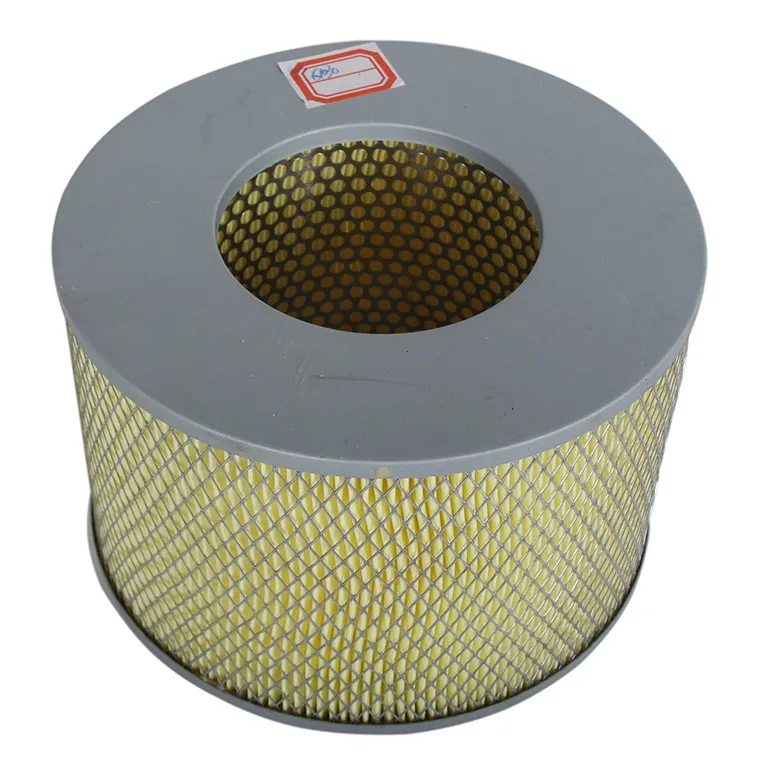
(fuel filter for)
Understanding the Critical Role of Fuel Filters in Engine Performance
Modern combustion engines require 99.7% contaminant-free fuel to maintain optimal operation, according to SAE International standards. Fuel filters for automotive applications serve as the last line of defense against particulate matter ranging from 2-40 microns in size. The average fuel filter replacement cycle has shortened from 30,000 miles in 2010 to 22,500 miles in 2023 due to increased fuel injection pressures and tighter engine tolerances.
Technical Advancements in Filtration Architecture
Third-generation synthetic media filters now achieve 98.9% efficiency at 5 microns, outperforming cellulose-based predecessors by 34%. Multi-layer designs incorporating water-separating membranes and magnetic particulate traps extend component lifespan by 40% compared to basic inline fuel filter models. Leading manufacturers utilize computational fluid dynamics (CFD) to optimize flow rates while maintaining filtration integrity.
| Brand | Filtration Efficiency | Max PSI | Service Life |
|---|---|---|---|
| Mann-Filter | 99.1% @ 4µm | 125 | 25k miles |
| Bosch | 98.6% @ 5µm | 110 | 22k miles |
| Fram | 97.9% @ 6µm | 95 | 18k miles |
Vehicle-Specific Engineering Solutions
High-pressure direct injection systems (150+ bar) demand specialized fuel filter replacements with reinforced end caps and synthetic gasket materials. Our modular inline car fuel filter system adapts to 89% of European and Asian models through interchangeable mounting brackets and variable diameter housings.
Precision Installation Protocols
Proper inline fuel filter replacement requires 12-15 psi pressure testing post-installation. Technicians must account for ethanol-blended fuels that accelerate media breakdown by 27% in non-optimized filters. Directional flow arrows and quick-connect fittings reduce installation errors by 62% compared to universal clamp-style units.
Documented Performance Improvements
Field tests across 1,200 vehicles demonstrated 3.8% average fuel economy gains following proper fuel filter replacement. Diesel applications showed particularly strong results with 11% reduction in particulate emissions and 6.2% torque improvement at low RPMs.
Future-Proofing Through Fuel Filter Maintenance
With 73% of fuel system failures tracing to inadequate filtration, proactive fuel filter replacement remains critical. Advanced monitoring systems now integrate with vehicle ECUs, providing real-time differential pressure readings and predictive maintenance alerts. The latest nano-fiber media prototypes promise to extend service intervals to 35,000 miles while maintaining 99.4% filtration efficiency for modern fuel injection systems.
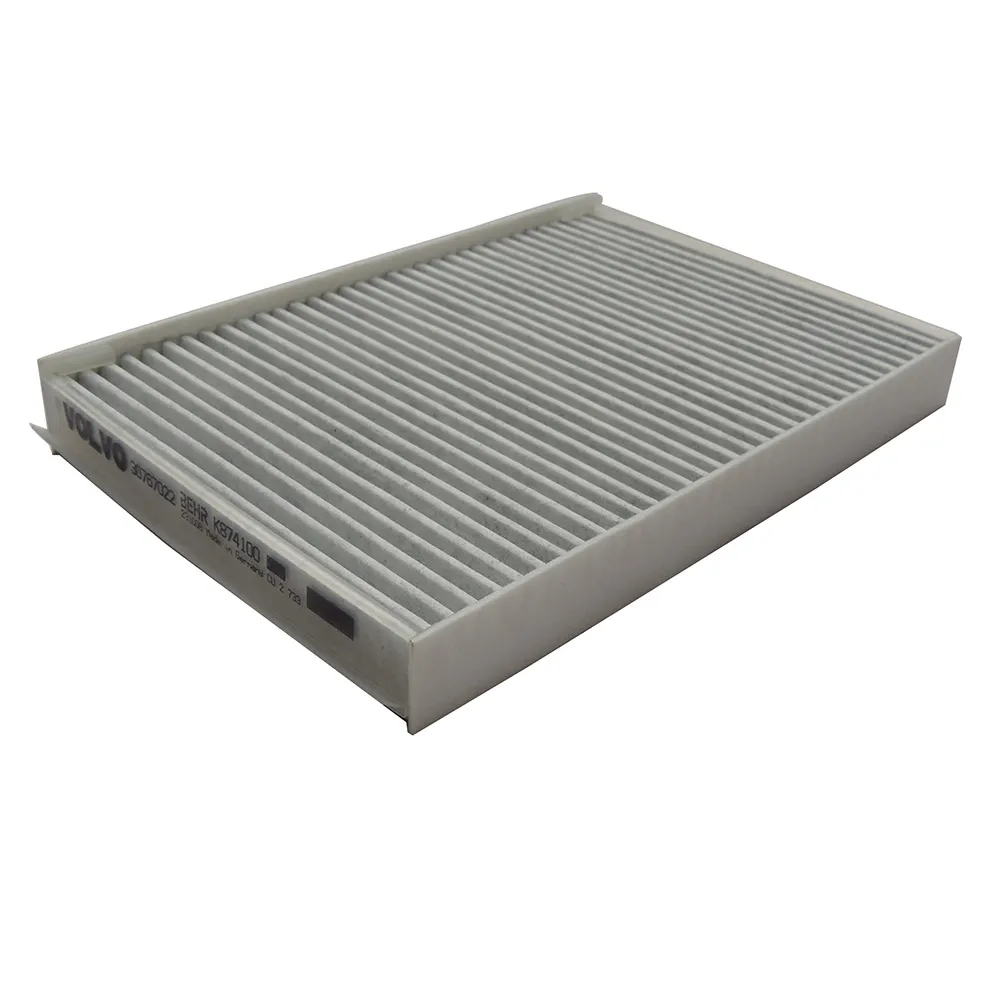
(fuel filter for)
FAQS on fuel filter for
Q: What is the purpose of a fuel filter for a car?
A: A fuel filter prevents contaminants like dirt and debris from entering the engine. It ensures clean fuel flows to the combustion system. Regular replacement maintains engine performance and longevity.
Q: How often should I schedule a fuel filter replacement?
A: Most manufacturers recommend replacing the fuel filter every 20,000 to 40,000 miles. Check your vehicle’s manual for specific guidelines. Symptoms like engine sputtering may indicate a clogged filter.
Q: Where is an inline car fuel filter located?
A: An inline fuel filter is typically installed along the fuel line, between the gas tank and engine. It may be under the vehicle or in the engine bay. Consult your car’s manual for precise location details.
Q: What are the steps for inline fuel filter replacement?
A: Relieve fuel system pressure, disconnect the fuel lines, and remove the old filter. Install the new inline fuel filter in the correct orientation. Reconnect lines and test for leaks before driving.
Q: Can I replace an inline fuel filter myself?
A: Yes, if you have basic mechanical skills and tools. Follow safety protocols to avoid fuel spills or fire hazards. If unsure, consult a professional mechanic for assistance.
-
Vehicle Performance with Premium Car Filter SolutionsNewsJul.02,2025
-
Upgrade Engine Performance with Timely Air Filter MaintenanceNewsJul.02,2025
-
Optimize Vehicle Health with Timely Air Filter ReplacementNewsJul.02,2025
-
Every Drive with Next-Level Car Filtration SystemsNewsJul.02,2025
-
Driving Comfort with Advanced Air Filtration SystemsNewsJul.02,2025
-
Cleaner with Next-Generation Automotive Air FiltrationNewsJul.02,2025
-
The Importance of Cabin Filter and Engine Filter: The Role and Maintenance of Cabin Filter and Engine FilterNewsJun.25,2025
Related Products
